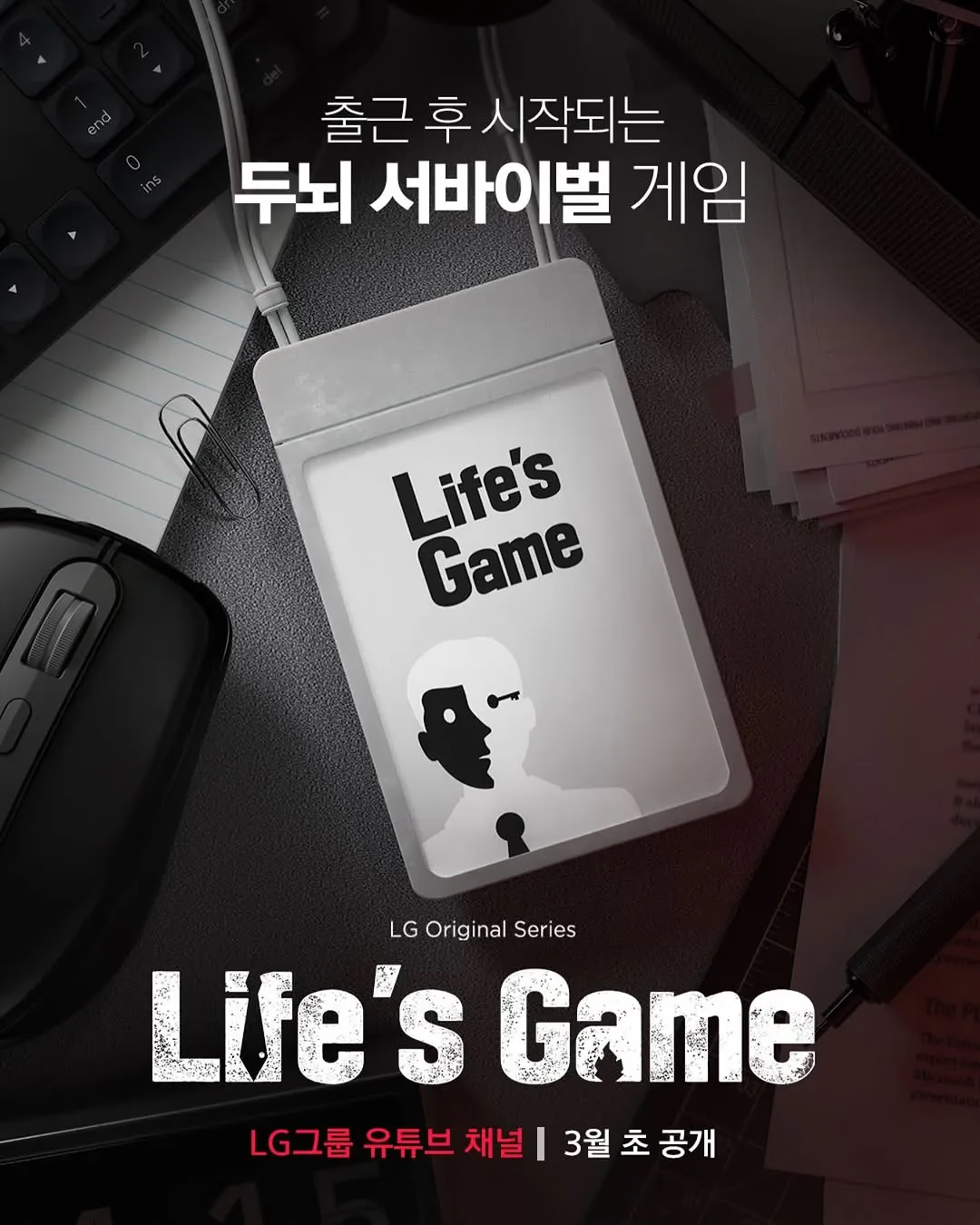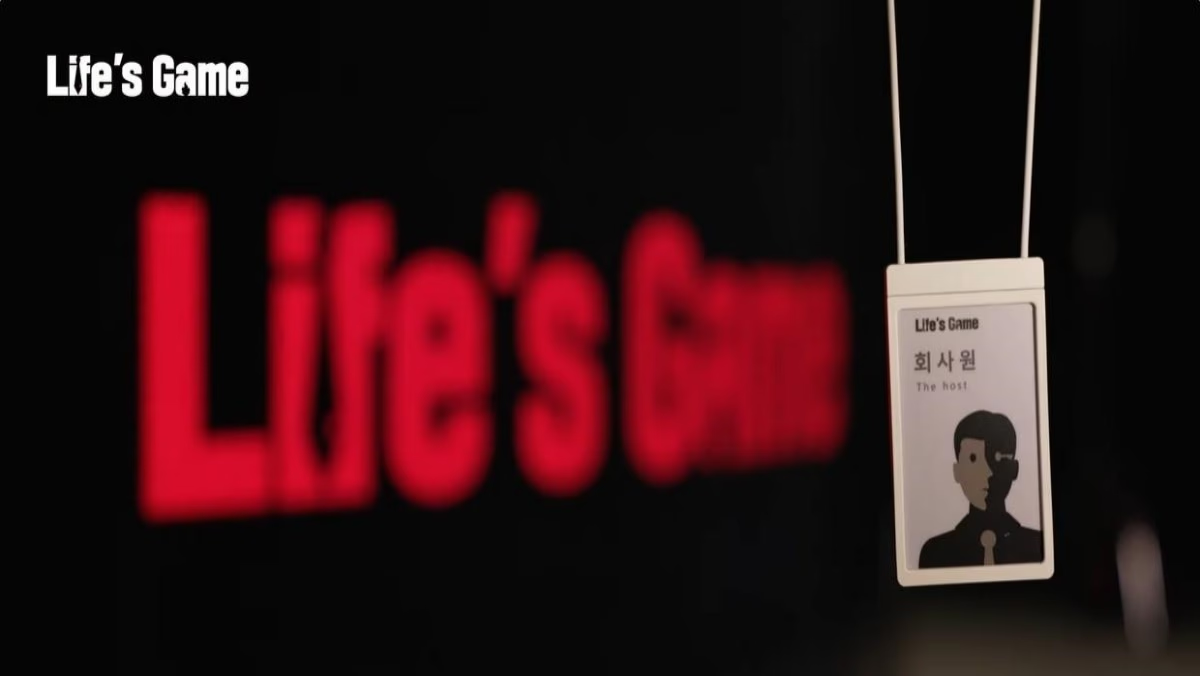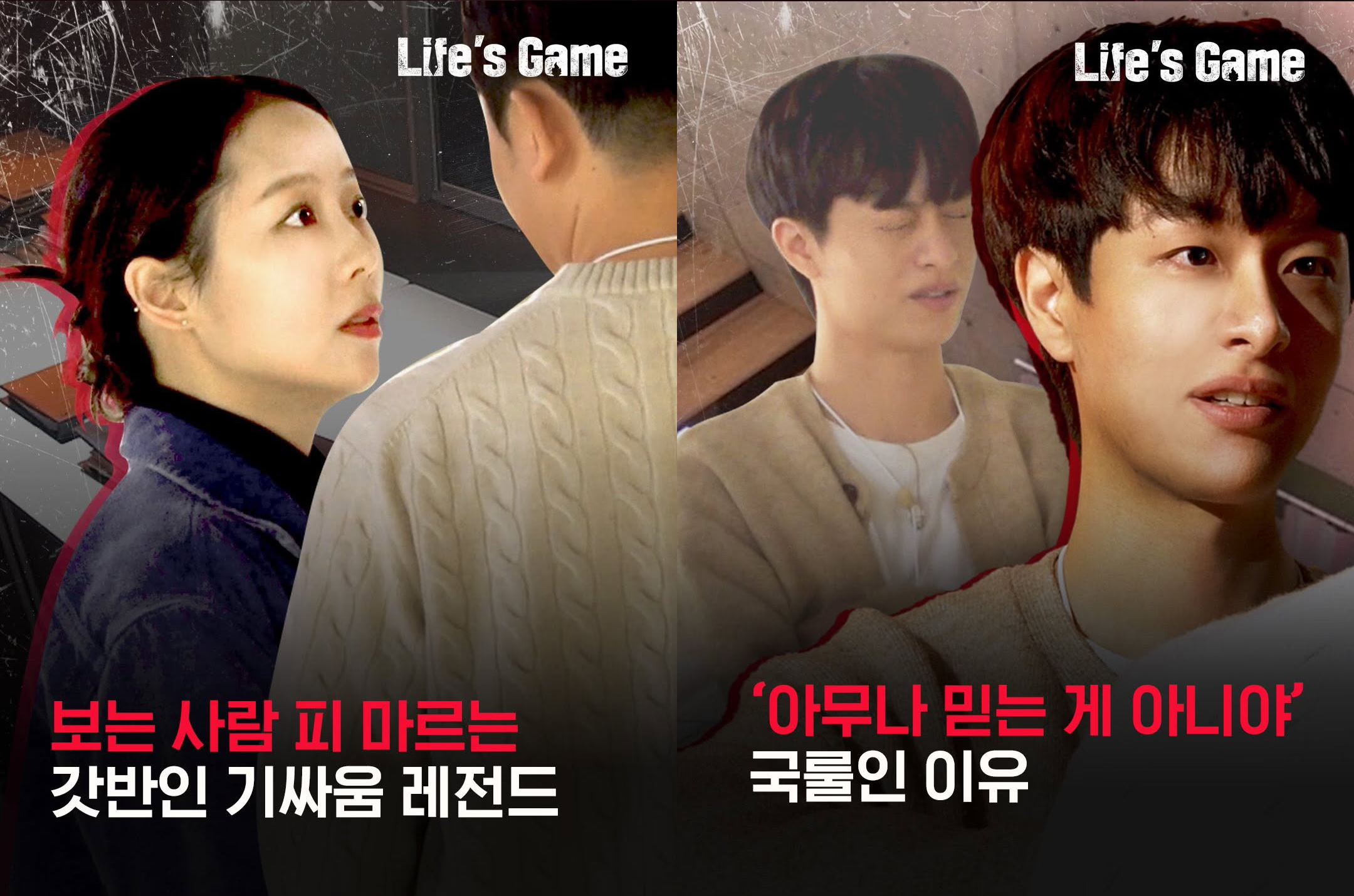
The way corporations are leveraging YouTube has seen a significant shift recently. Moving beyond simply promoting products or listing information, there’s a growing trend towards communicating through unique and captivating content designed to grab viewers’ attention. Amidst this trend, LG Group’s ‘Life’s Game’ stands out as a particularly noteworthy example. Garnering significant attention right from its release, it’s even being hailed for potentially opening a new chapter for corporate branded content.
But beyond mere popularity, what lies behind LG’s decision to create such unconventional brain survival content? And what impact does this content have on the LG brand, and how might it be leveraged moving forward? This deserves a closer look, not just for LG, but because it offers crucial insights for any company looking to enhance brand value and prepare for the future through content.
🧠 LG’s Bold Bet: Putting ‘Talent’ Front and Center

The most compelling aspect of ‘Life’s Game’ is that its stars aren’t products or services, but people – specifically, LG employees. Featuring participants with impressive backgrounds – Mensa members, national escape room champions, Forbes-recognized leaders, white-hat hackers, and more – the lineup itself naturally piqued viewer curiosity. As an LG representative noted, it’s hard to imagine a more effective way to convey the message: LG is “a company filled with talented colleagues people want to work alongside.”
This goes beyond a superficial boast about talent; it’s a smart strategy showcasing the values and direction LG aspires to. For a company often perceived through a ‘conservative’ or ‘traditional’ lens, the analysis that this content successfully layers on a ‘young,’ ‘dynamic,’ and ‘intellectual’ image is quite persuasive. This move aligns perfectly with LG’s Brand Reinvent strategy, initiated in 2023, aimed at injecting new vitality into its ‘Life’s Good’ slogan. Instead of directly promoting product performance or technological prowess, it elevates the entire brand image through the appeal of the ‘people’ who create those products and technologies – a sophisticated yet powerful approach.
Choosing YouTube as the platform clearly signals an intention to target Gen Z and Millennials (often referred to as the MZ generation in Korea). With YouTube’s growing influence as a channel for job exploration, the engaging game format naturally showcases the LG organization and its people, moving beyond dry job postings or polished corporate introduction videos. This approach resonates much more authentically and appealingly with potential applicants, effectively fostering a positive perception of LG.
📺 Beyond Promotion: A Content Platform Building ‘Fandom’

The success of ‘Life’s Game’ is also significant for shattering preconceived notions about the role of corporate YouTube channels. Historically, corporate channels primarily served an informational function, sharing details about new products, usage guides, CSR activities, and the like. Subscribers were often limited to existing product users or customers already interested in the company.
However, ‘Life’s Game’ demonstrates that a corporate channel can absolutely function as an engaging entertainment content hub, offering fun and immersion. It captivated even viewers with no prior particular interest in LG, compelling them to subscribe and eagerly await the next episode purely based on the content’s appeal. This extends beyond short-term promotional gains, laying a crucial foundation for building long-term brand fandom.
A single piece of well-crafted content can transform the channel’s overall image, attract new subscribers, and ultimately foster a virtuous cycle that enhances brand affinity and loyalty. Corporate channels are thus evolving from mere information boards into key brand assets capable of continuously building relationships and engaging with potential customers and talent.
🤝 Showcasing ‘Colleagues You Want to Work With’: The Evolution of Employer Branding
‘Life’s Game’ wields particularly potent influence in the realm of employer branding. Could there be a more direct and appealing message than, “We have amazing colleagues like these at our company. Don’t you want to work with us?” Viewer reactions like, “Now I see why getting into a major corporation is tough,” and “So that’s the kind of people I’d be competing with,” vividly illustrate how effectively the content raised perceptions of LG’s talent pool and implied a dynamic company culture.

This aligns with the growing ‘employeencer’ (employee + influencer) trend. Having employees feature directly in content to showcase the company carries an authenticity and persuasive power that polished marketing slogans often lack. The participants in ‘Life’s Game’ became more than just contestants; they effectively served as living brand ambassadors, embodying LG’s culture and potential.
Furthermore, the content offers potential applicants an indirect glimpse into LG’s organizational culture. Through the ways participants solve problems, collaborate, and compete with each other in the game, viewers can naturally glean insights into the values LG prioritizes. This is far more effective than simply listing salaries or benefits in helping both the company and applicants gauge cultural fit. Ultimately, this can help attract talent that aligns better with the company and potentially reduce turnover rates stemming from poor organizational fit after hiring. For Gen Z and Millennials, who are comfortable with video content and increasingly prioritize organizational culture alongside job responsibilities, approaches like ‘Life’s Game’ could signal a new trend in talent acquisition.
📈 LG’s Clever Move for the Future
In conclusion, LG’s ‘Life’s Game’ transcends being mere viral content. It represents a strategic initiative that successfully achieved multiple objectives: innovating the brand image, attracting future talent, and strengthening the YouTube channel’s competitiveness as a content platform. Its approach—focusing on ‘people’ rather than products, and prioritizing ‘entertainment and engagement’ over simple information delivery—showcases new possibilities for corporate communications.
Of course, sustaining this success will require careful planning and execution of follow-up content, alongside a thoughtful ongoing channel strategy. Ultimately, a company’s competitive edge stems from the culture and innovation fostered by its talented people. By focusing squarely on this fundamental truth, ‘Life’s Game’ serves as a clever example of how LG is positioning itself for the future and the kind of talent it hopes to attract to build that future.